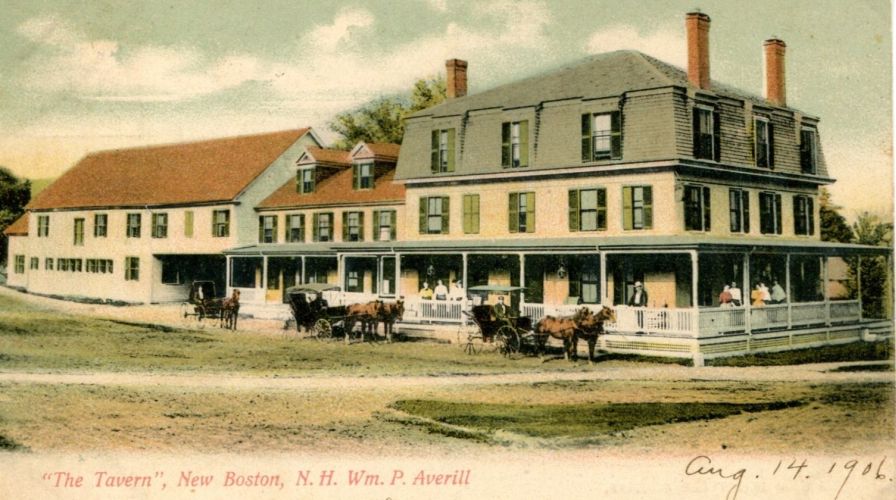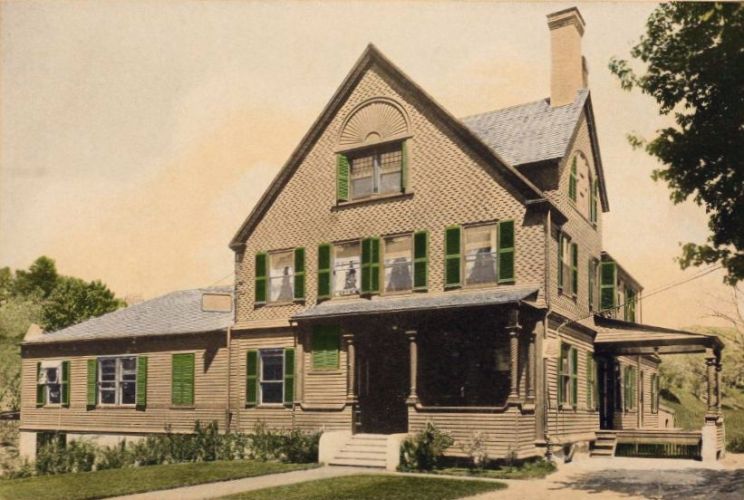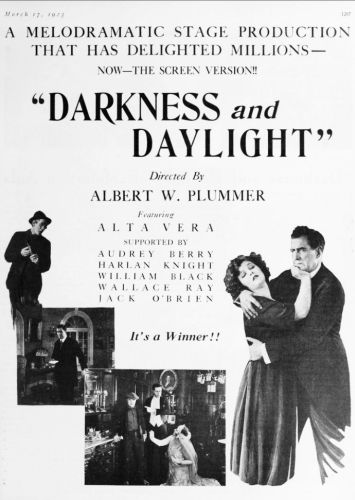New Boston Historical Society
New Boston, New Hampshire

Albert W. Plummer and his cameraman
New Boston — the Hollywood of the East?
Plummer and his cameraman were seen around town taking pictures, and many a young person dreamed of becoming a movie star. Unfortunately, a few months later Plummer and his friends disappeared in the middle of the night, leaving behind a stack of unpaid bills.

The movie men stayed at The Tavern

Plummer rented the Creamery for his laboratory

In its October 21, 1926 issue, the Cabinet wrote about Albert W. Plummer, president of the newly organized Pannaway Pictures Corporation. "Mr. Plummer says his organization has bought the Whipple barn in New Boston with 10 acres of land, and will establish there a studio with all the appurtenances of a film studio." He said that most outdoor photography was planned for a farm on Chestnut Hill. A well-stocked zoo somewhere in New Boston would supply animals for the movies. (I for one am disappointed this never happened!)

The Whipple barn was intended to be Pannaway's film studio
I'd like to believe that Albert W. Plummer truly intended to make movies, perhaps with Joe English Hill standing in for Mount Rainier or the Yukon. I found trade journals showing that he'd been involved with other motion picture companies in Massachusetts, New York, and Florida since at least 1920. Exactly why he left New Boston, with how much of his investors' money, is not explained by subsequent issues of the Milford Cabinet.
Back to Rena Davis's 1976 history column… Rena wrote that Pannaway actually did complete a movie reel of New Boston people and places, and this "old and fuzzy" film was viewed at the Historical Society in the 1970s. The movie showed the Tavern, the railroad depot and its station agent, the school with its scholars marching past the camera, Fogg's blacksmith shop, and Dodge's Store with Homer's grandfather Clarence in the doorway. A few decades later when the Historical Society sent the film to a laboratory to be converted to video, the lab said that the old cellulose nitrate film stock was unstable and dangerously flammable and could not be preserved. How I wish I could have seen that hundred-year-old movie!

Once I knew Plummer's full name I could look him up in the Internet Movie Database
where I found he directed "Darkness and Daylight" in 1923. Plummer was listed as a producer of "talking moving pictures" living in Chicago, IL, in the 1930 U.S. Census.
Albert W. Plummer (1878-1961) is buried in Inglewood, CA, ten miles south of Hollywood.
